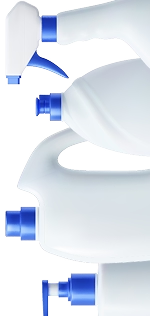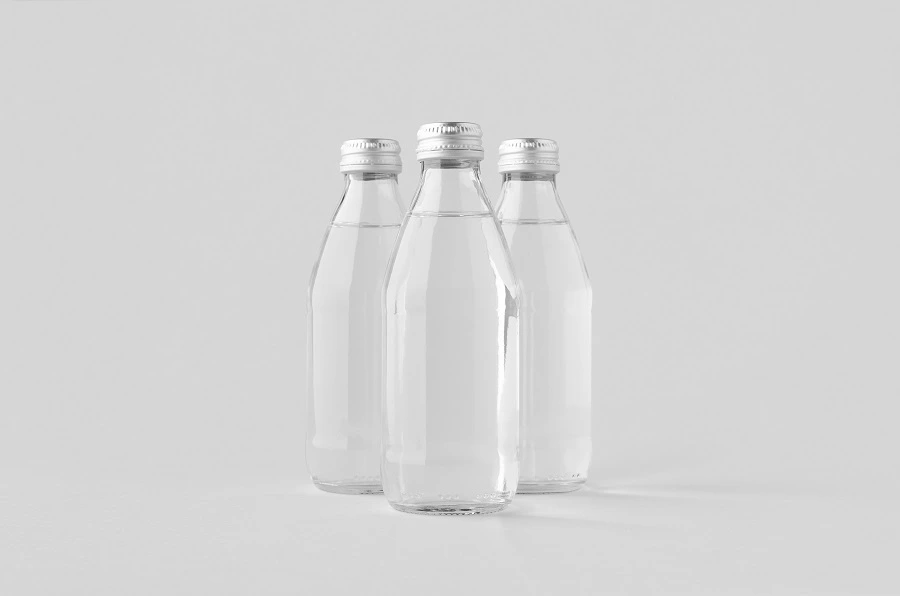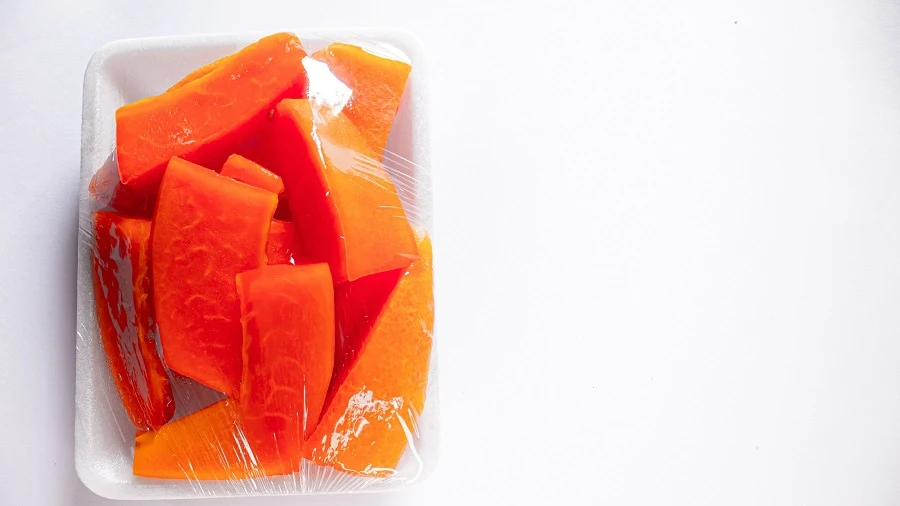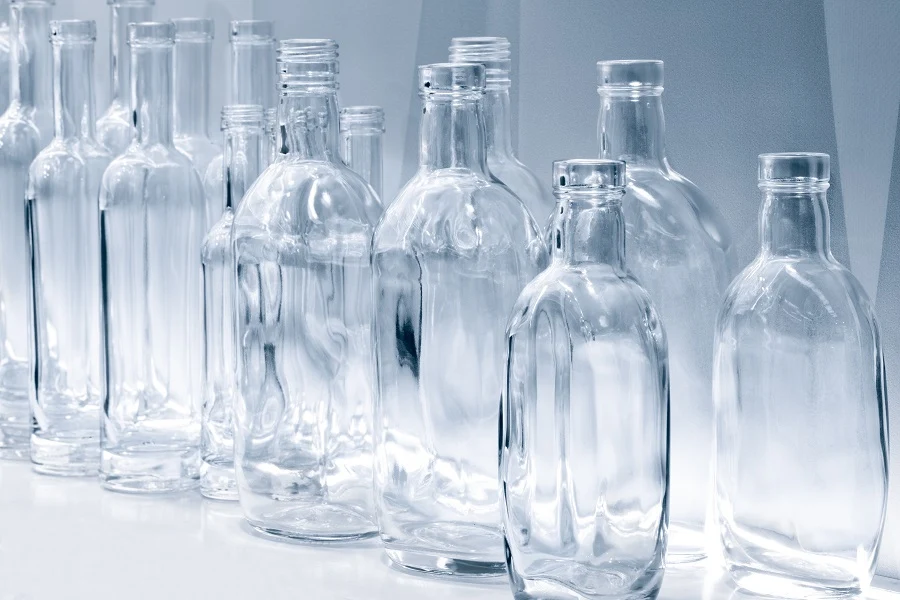How to Prevent Plastic Bottle Paneling and Save Your Brand
- ByRobert "Rob" Starmann
- July 28, 2025
Picture this: you've invested months developing the perfect product formula, designing eye-catching labels, and building your brand reputation. Then, your carefully packaged products arrive at retail shelves looking deformed, with sidewalls sucked inward like deflated balloons. We understand how frustrating and devastating this can be. This unsightly phenomenon is called plastic bottle paneling, and it can seriously damage your product's integrity and brand image.
The good news? Paneling is entirely preventable when you understand its causes and implement the right solutions. Whether you're packaging household cleaners, personal care products, or specialty chemicals, this comprehensive guide will help you protect your products and maintain the professional appearance your customers expect.
Tired of unsightly paneling ruining your products? Our plastic bottle manufacturers at Ashland Container can assess your needs and recommend the perfect solutions.
What Is Plastic Paneling?
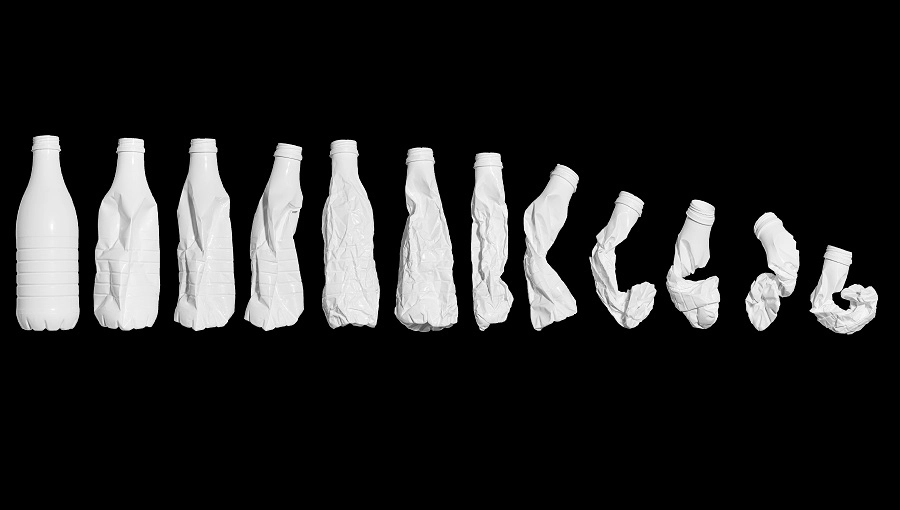
Plastic bottle paneling occurs when the sidewalls of a container collapse inward due to pressure differences between the bottle’s inside and outside. This creates visible deformations that range from subtle dimpling to severe concave distortions that dramatically alter the bottle's original shape.
The phenomenon happens because plastic containers, unlike glass or metal, have some flexibility in their walls. When internal pressure drops below external atmospheric pressure, the surrounding air pressure pushes into the flexible plastic walls, creating the characteristic "sucked-in" appearance.
Paneling affects far more than just aesthetics. Here's why preventing plastic bottle packaging should be a priority for any packaged goods company:
- Consumer perception: Paneled containers signal damage, with studies showing most consumers prefer competitors' intact products, undermining brand trust.
- Structural integrity: Paneling creates weak spots, increasing the risk of cracks, splits, and container failure, compromising product safety.
- Label performance: Distorted bottles cause labels to wrinkle, detach, and become illegible, impacting brand appeal and potentially violating compliance standards.
- Supply chain costs: Rejections, returns, and repackaging of paneled products quickly become significant financial losses.
The Main Culprits: What Causes Plastic Bottle Paneling?
Understanding the root causes of paneling is essential for prevention. Let's examine the most common culprits behind this costly problem.
Chemical Reactions
Many products contain active ingredients that can alter the internal pressure of sealed containers through chemical reactions. Oxygen consumption is one of the most common causes, particularly in products containing.
- Citrus-based cleaners: D-limonene and other citrus extracts can absorb oxygen from the headspace, creating negative pressure.
- Essential oil products: Terpenes in essential oils readily react with oxygen, gradually reducing internal pressure.
- Vitamin C serums: Ascorbic acid oxidizes over time, consuming available oxygen.
- Metal-containing formulas: Iron, copper, and other metals can catalyze oxidation reactions.
Gas release can also cause paneling when chemical reactions produce gases that initially increase pressure but then dissolve into the product or escape through container walls, leaving behind reduced internal pressure.
Altitude Changes
Atmospheric pressure decreases with elevation, dropping approximately 1 psi for every 2,000 feet of altitude gain. Products filled and sealed at sea level can experience significant paneling when transported to higher elevations like Denver, Colorado (5,280 feet) or mountainous regions.
This effect is particularly pronounced for products with minimal headspace or those filled at precise volumes. As elevation increases, the pressure differential becomes more extreme, making high-altitude distribution a critical consideration for packaging design.
Hot Filling
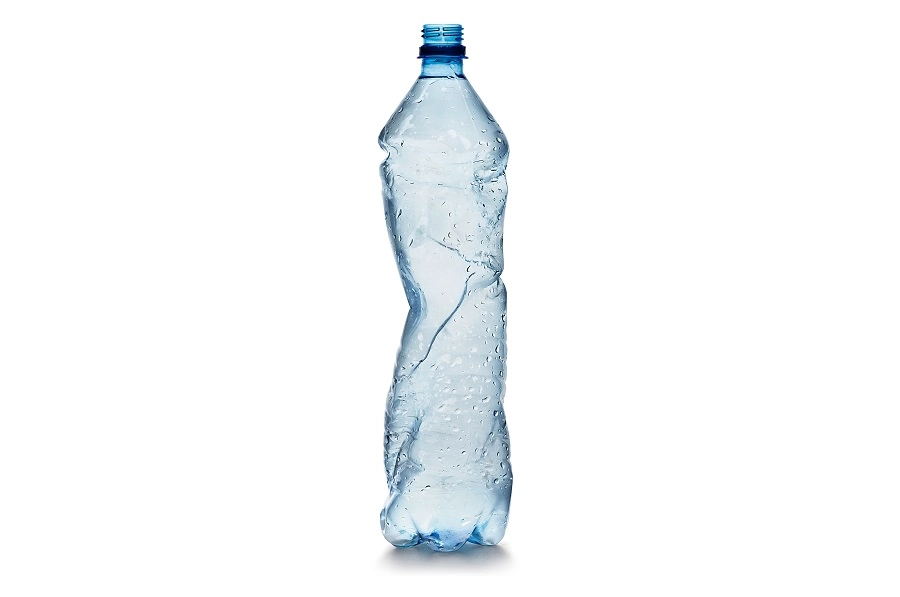
Hot-fill processes, commonly used for products requiring sterilization or improved flow characteristics, create a unique paneling risk. When hot products cool inside sealed containers, the air in the headspace contracts according to Gay-Lussac's Law, creating negative pressure.
The temperature differential between filling (often 160-180°F) and final storage (typically 70°F) can create substantial pressure reductions. Without the right accommodation for this thermal contraction, severe paneling is almost inevitable.
Gas and Moisture Vapor Transmission
Plastic containers aren’t completely impermeable barriers. Over time, gases and moisture vapors can migrate through container walls, altering internal pressure and potentially creating odors or off-gassing effects. The type of plastic impacts permeation rates:
- HDPE (high-density polyethylene): Moderate permeability to most gases.
- PET (polyethylene terephthalate): Lower permeability, especially to oxygen.
- PP (polypropylene): Variable permeability depending on grade and additives.
Products with volatile components or those requiring long shelf lives are especially susceptible to permeation-related paneling.
Physical Compression
External forces during manufacturing, filling, capping, stacking, or transport can create immediate paneling. Common scenarios include:
- Over-torquing caps: Excessive capping force can compress the headspace.
- Stacking pressure: Heavy palletizing can crush lower-tier containers.
- Handling stress: Rough handling during shipping and receiving.
- Temperature cycling: Expansion and contraction during storage.
Product Formulation
Certain ingredients can weaken plastic containers or accelerate chemical processes that result in peeling:
- Solvents can soften plastic walls, making them more susceptible to deformation.
- Acids may cause stress cracking or chemical degradation.
- Alkaline solutions can interact with certain plastic additives.
- Surfactants may increase permeation rates through container walls.
Proactive Solutions in Preventing Bottle Paneling
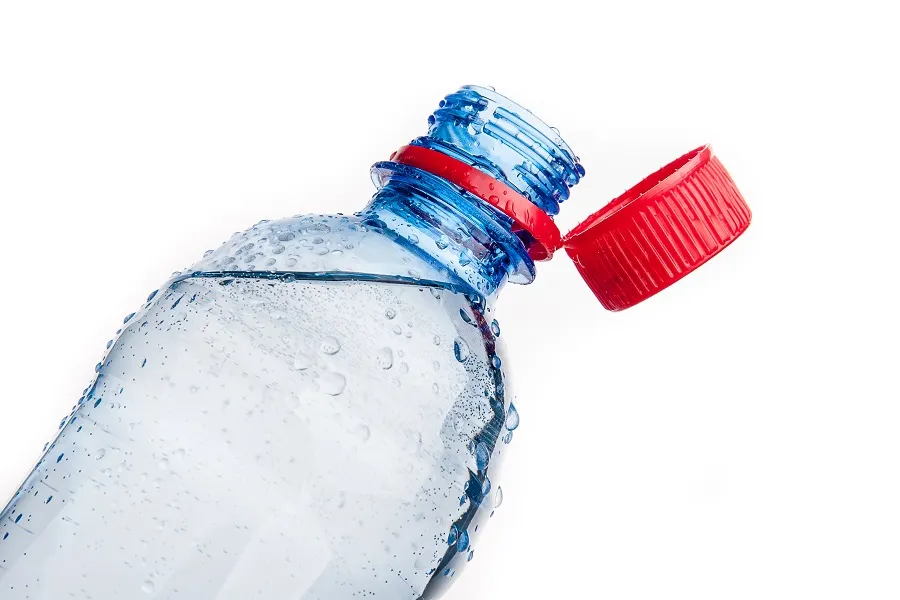
Prevention is always more cost-effective than remediation. Our team has outlined some proven strategies to eliminate paneling before it occurs.
Material Selection Matters
Choosing the right plastic type and grade is fundamental to paneling prevention. Different plastics offer varying degrees of rigidity, chemical resistance, and barrier properties.
- HDPE (high-density polyethylene) provides excellent chemical resistance and moderate rigidity, making it ideal for household cleaners and personal care products. However, because it’s permeable, it requires careful consideration for oxygen-sensitive formulations.
- PET (polyethylene terephthalate) offers superior barrier properties and higher rigidity, making it excellent for products prone to oxidation or requiring longer shelf life. Its crystal-clear appearance also enhances product presentation.
- PP (polypropylene) provides good chemical resistance and can be formulated for specific barrier requirements, though it may need additional treatments for maximum paneling resistance.
Using Lightweight, Flexible & Sturdy Materials
Modern plastic technology allows for containers that are lightweight and resistant to puncturing. Advanced resin formulations incorporate:
- Impact modifiers: Enhance flexibility without sacrificing strength.
- Crystallinity enhancers: Improve rigidity while maintaining processability.
- Molecular weight optimization: Balance stiffness with impact resistance.
These engineered materials can reduce shipping costs while providing superior paneling resistance versus traditional heavy-wall designs.
Fluorination
Fluorination is a specialized barrier treatment that dramatically reduces gas and vapor permeation through plastic walls. This post-manufacturing process creates an ultra-thin fluorinated layer on the container's interior surface.
Here are some benefits of fluorination:
- Reduced oxygen permeation: Up to 10x improvement in oxygen barrier properties.
- Chemical resistance: Enhanced protection against aggressive formulations.
- Maintained clarity: No impact on container transparency.
- Cost-effective: More economical than multi-layer barrier constructions.
Fluorination is especially valuable for oxygen-sensitive products like essential oil blends, vitamin formulations, and premium personal care items.
Vented Liners
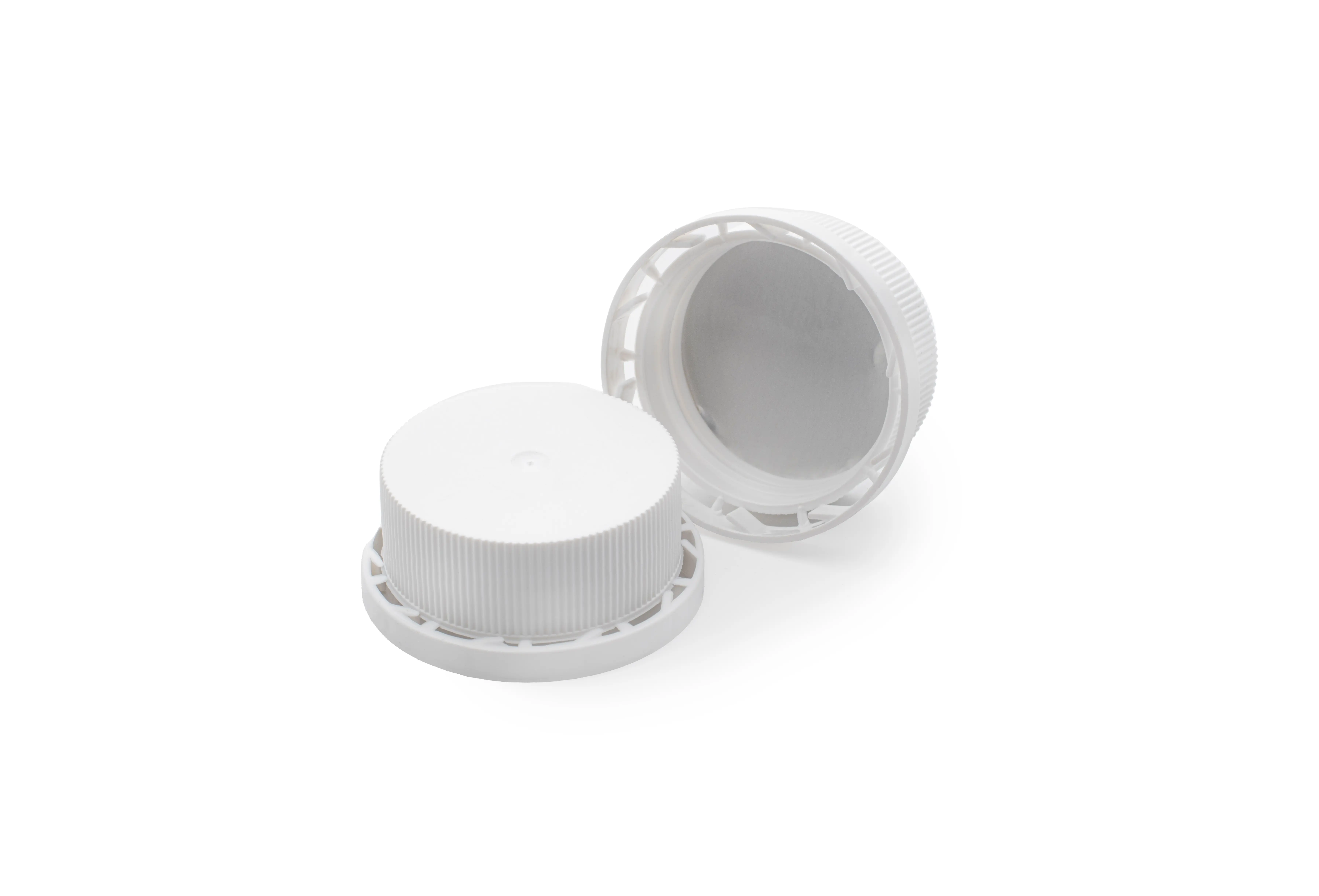
Vented liners and pressure-relief closures provide controlled pressure equalization while maintaining product integrity. These specialized closure systems feature:
- Micro-vents: Allow gas exchange while preventing contamination.
- Hydrophobic membranes: Permit air flow while blocking liquids.
- Tamper-evident features: Maintain security and consumer confidence.
Vented systems are ideal for products that generate gases, experience temperature cycling, or require altitude-resistant packaging.
Heavier Bottle Construction
While counterintuitive in an era focused on sustainability, strategic use of heavier wall construction can prevent paneling in challenging applications. Heavier bottles offer:
- Increased rigidity: Better resistance to pressure differentials.
- Stress distribution: Thicker walls spread forces over larger areas.
- Enhanced durability: Improved performance during handling and transport.
The key is finding the optimal balance between material usage and performance requirements to ensure you're not over-engineering the solution.
Consider Modified Atmosphere Packaging (MAP)
Modified Atmosphere Packaging involves replacing the air in the headspace with an inert gas mixture, typically nitrogen-rich formulations. This approach:
- Eliminates oxygen: Prevents oxidation-related pressure changes.
- Maintains pressure: Inert gases don't participate in chemical reactions.
- Extends shelf life: Reduces product degradation.
- Improves stability: Consistent internal environment.
MAP is especially ideal for premium products where maintaining a perfect appearance is critical for brand positioning.
Pre-Cooling
Pre-cooling strategies involve controlling the temperature at which products are filled and sealed. By filling containers at temperatures closer to their final storage conditions, you can minimize thermal contraction effects.
Pre-cooling benefits include:
- Reduced thermal stress: Minimizes expansion/contraction cycles.
- Predictable behavior: More consistent pressure relationships.
- Quality assurance: Fewer post-production surprises.
- Cost savings: Reduced rejection rates and returns.
Implementation requires careful coordination between production planning and filling operations, but can dramatically reduce paneling in temperature-sensitive applications.
Container Design & Structure: The Key to Resisting Paneling
Smart design isn't just about aesthetics; it's about building resilience into your packaging. The right container design can be the difference between a product that ships flawlessly and one that arrives damaged.
Shape matters:
- Cylindrical: While visually appealing, cylindrical bottles offer minimal structural resistance to inward pressure.
- Square/rectangular: These distribute pressure forces more effectively, but need large, flat panels for reinforcement.
- Oval/specialty: Strategic curves and transitions can redirect pressure and maximize paneling resistance.
Structural reinforcements:
- Internal ribs: Create structural anchors to resist inward deformation.
- Corner reinforcements: Strengthen transition zones and prevent stress concentration.
- Panel breaks: Interrupt large surfaces to redirect pressure and improve performance.
- Base optimization: Ensures the container bottom can withstand stacking without stressing sidewalls.
The key is to ensure the material can still stack with these additions and can endure the long-term environmental aspects.
Storage Considerations: Proper storage minimizes paneling risk.
- Temperature control: Consistent temperatures prevent thermal stress.
- Humidity management: Reduces permeation and dimensional changes.
- Stacking protocols: Distribute weight to prevent compression.
- Gentle handling: Train staff on careful handling techniques.
- Environmental monitoring: Regularly check storage conditions.
Testing Your Packaging: Ensuring Compatibility and Resistance
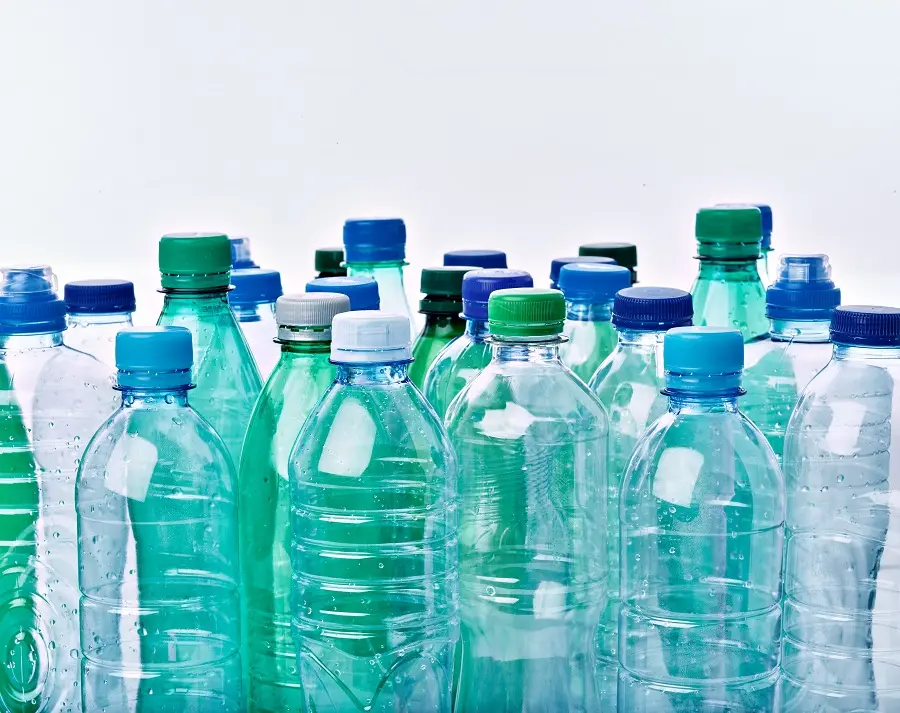
Don't leave paneling prevention to chance. Comprehensive testing is crucial for catching potential issues before they impact your bottom line and brand reputation. Here’s what we recommend:
- Compatibility testing: This series of tests assesses how the product formulation interacts with the chosen container material over its intended lifespan, checking for chemical reactions, stress cracking, vapor transmission, and overall stability to guarantee product integrity.
- Resistance tests and analysis: Mechanical testing measures the container's physical ability to withstand forces encountered during shipping and storage. These tests simulate real-world stressors, identifying potential weak points and guaranteeing structural integrity.
- Test for air pressure: These tests simulate changes in altitude and temperature, carefully observing the container's response to pressure differentials over time. It identifies the critical pressure points where paneling occurs, allowing for optimized packaging design.
Paneling Prevention Guaranteed: Discover the Ashland Container Difference
We stand behind our packaging solutions. We’re here to help you select containers that perform reliably under real-world conditions. Reach out for a quote and see the difference our team can make.
Protecting Your Product and Brand Image with Ashland Container
Preventing plastic bottle paneling requires a deep understanding of its causes, combined with a strategic and well-executed packaging plan. Success hinges on product chemistry, optimal container design, selecting the appropriate materials, and carefully managing handling procedures throughout your supply chain.
Although paneling prevention is an investment, it offers significant returns: it elevates brand perception, reduces supply chain costs, ensures product integrity, and promotes sustainability. A proactive approach to design and material selection ensures your product’s professional appearance from manufacturing to the consumer.
Don't let paneling compromise your hard-earned brand reputation. Contact Ashland Container today for a free consultation on paneling solutions tailored to your product. Don’t leave this task up to anyone; our team has over 50 years of experience. Our dedicated specialists collaborate with you to identify optimal containers, materials, and design features that safeguard your products and elevate your brand image.

